Buy an Investment Property
Rates from 5.29% p.a. Comparison Rate 5.30% p.a.

Should I Buy an Investment Property?
Investing in property is one of Australia’s most popular wealth-building strategies. Offering potential for capital growth, rental income, and tax benefits, an investment property can be a powerful addition to your financial portfolio. However, success in real estate requires careful planning, from choosing the right property and financing option to understanding tax advantages. Here’s an overview of key considerations for buying an investment property in Australia, along with how Natloans can help you get started.

Benefits of Property Investment in Australia
Investing in property offers several advantages, making it a strategic choice for long-term financial growth:
Capital Growth Potential
Rental Income
Tax Benefits
Diversification
How Do I Choose the Right Investment Property?
- Location: Prime locations drive higher rental demand and potential appreciation. Look for areas with future infrastructure developments, employment hubs, and good rental yield. Major cities like Sydney, Melbourne, and Brisbane, along with growing suburbs, are often prime choices.
- Future Growth Potential: Proximity to schools, public transport, and amenities can enhance property value. Review the area’s growth projections before purchasing.
- Condition and Maintenance: Choosing a property in good condition can reduce initial renovation expenses. Properties needing minor upgrades can offer value, but extensive renovations may affect returns.
- Property Type: Different property types yield varying returns. Apartments in high-demand areas may offer strong rental yields, while houses in growth areas may bring higher capital appreciation.
What are the Potential Tax Benefits of Investment Properties?
Property investment offers significant tax advantages, including:
- Mortgage Interest
Interest on investment property loans is tax-deductible, reducing taxable income. - Depreciation on Assets
Items like appliances and fixtures can be depreciated over time, generating additional tax savings. - Repairs and Maintenance Costs
Expenses related to property upkeep are deductible, further lowering taxable income. - Property Management Fees
Fees for property management are fully deductible.

Investment Strategies to Maximise Returns
Consider strategies like:
- Positive vs. Negative Gearing
Positive gearing (when rental income exceeds expenses) adds to income, while negative gearing (where expenses exceed income) provides tax benefits and potential long-term growth. - Strategic Renovations
Simple upgrades, like kitchens or bathrooms, can boost rental yield and property value. - Leveraging Equity
Using equity to purchase more properties helps grow your portfolio but ensure manageable debt levels.
Managing Your Investment Property
Efficient property management is vital for maximising returns. You may consider:
- Hiring a Property Manager
Professional property managers handle tenant screening, rent collection, and maintenance, freeing up your time. - Setting Competitive Rent
Determine the right rent based on the local market, balancing occupancy rates and profitability. - Regular Maintenance
Maintain the property to keep it attractive for tenants and enhance its long-term value.
The Investment Property Buying Process
Market Research
Set Your Budget
Find the Right Property
Due Diligence
Loan Finalisation
Settlement
Financing Your Investment Property
Securing the right financing is key to a successful investment. Here are some popular options:
- Interest-Only Loans
Paying only the interest initially can improve cash flow, though repayments increase after the interest-only period ends. - Principal and Interest Loans
These loans reduce debt faster by paying both principal and interest, building equity over time. - Using Equity from Existing Property
Many investors leverage equity from an existing property as a deposit, enabling portfolio expansion without large upfront cash. - Pre-Approval
Getting loan pre-approval allows you to act quickly and signals to sellers that you’re a serious buyer.
This guide provides a roadmap for buying an investment property in Australia. Remember, investing in property is a journey – plan carefully, act strategically, and enjoy the financial rewards that come with successful property ownership.
Whether you’re a first-time investor or expanding your portfolio, Natloans is here to guide you every step of the way.
Lenders Panel
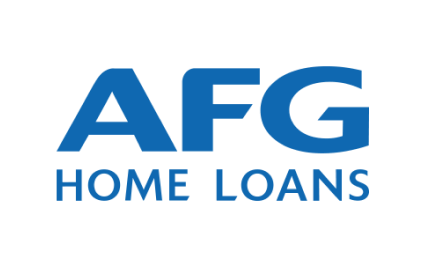




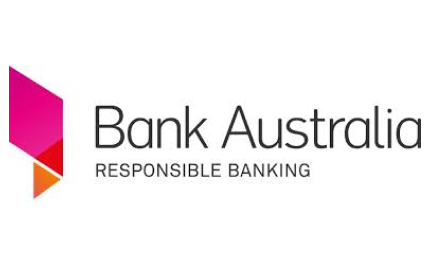

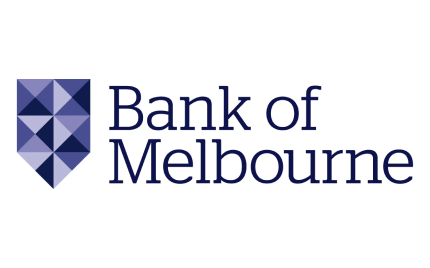





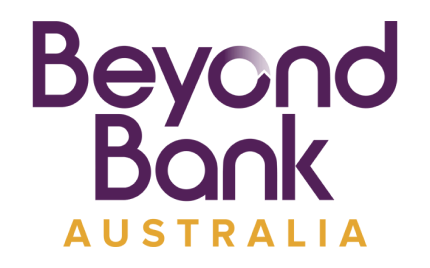
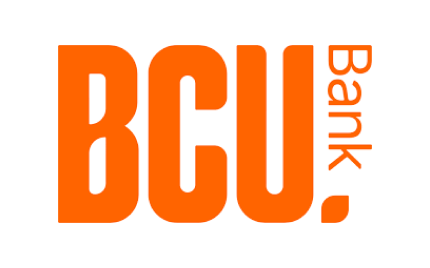

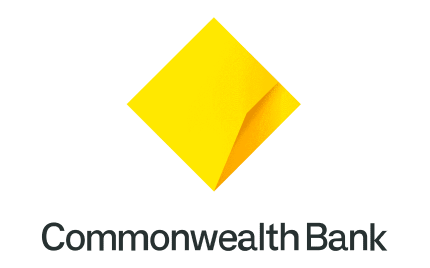








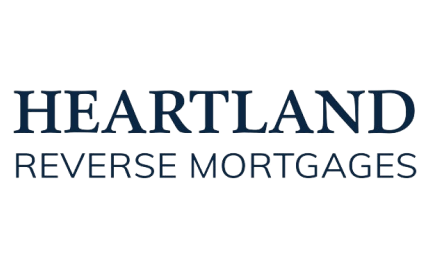

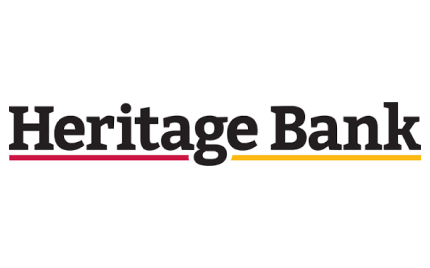





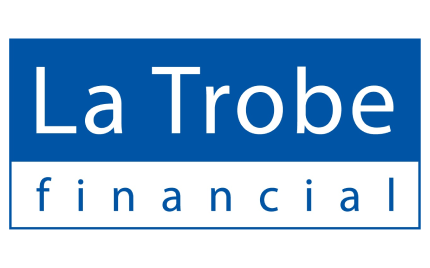

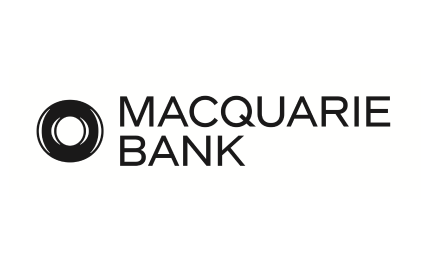


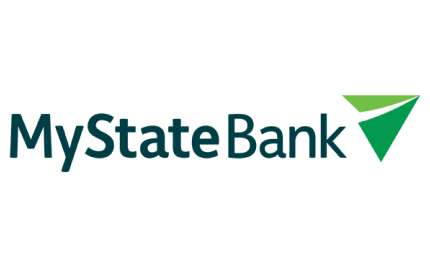










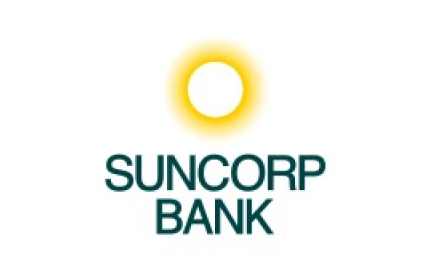


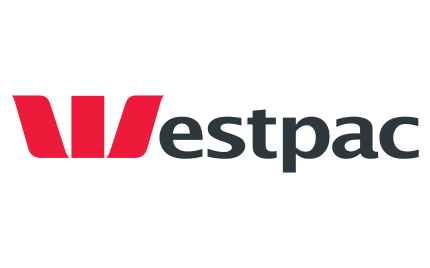
Investment Property Repayment calculator
Ready For The Next Step?
What our valued customers say about us
Trusted by thousands of Australians for exceptional results and personalised service.
Frequently Asked Questions
How much deposit is required for an investment property in Australia?
Can I use equity to buy an investment property?
Is it better to choose positive or negative gearing?
What are some of the common mistakes to avoid when buying an investment property?
Avoid these common missteps to ensure a smooth investment experience:
- Overlooking Expenses
Failing to account for maintenance, insurance, and vacancy costs can strain cash flow. - Not Researching the Market
Buying in low-demand or oversaturated areas can lead to low rental returns. - Skipping Professional Advice
A mortgage broker, tax advisor, and property manager offer valuable expertise that can improve your investment’s performance. - Ignoring Tenant Demands
Ignoring local tenant preferences can result in higher vacancy rates. Understand who your potential renters are and ensure the property meets their needs.